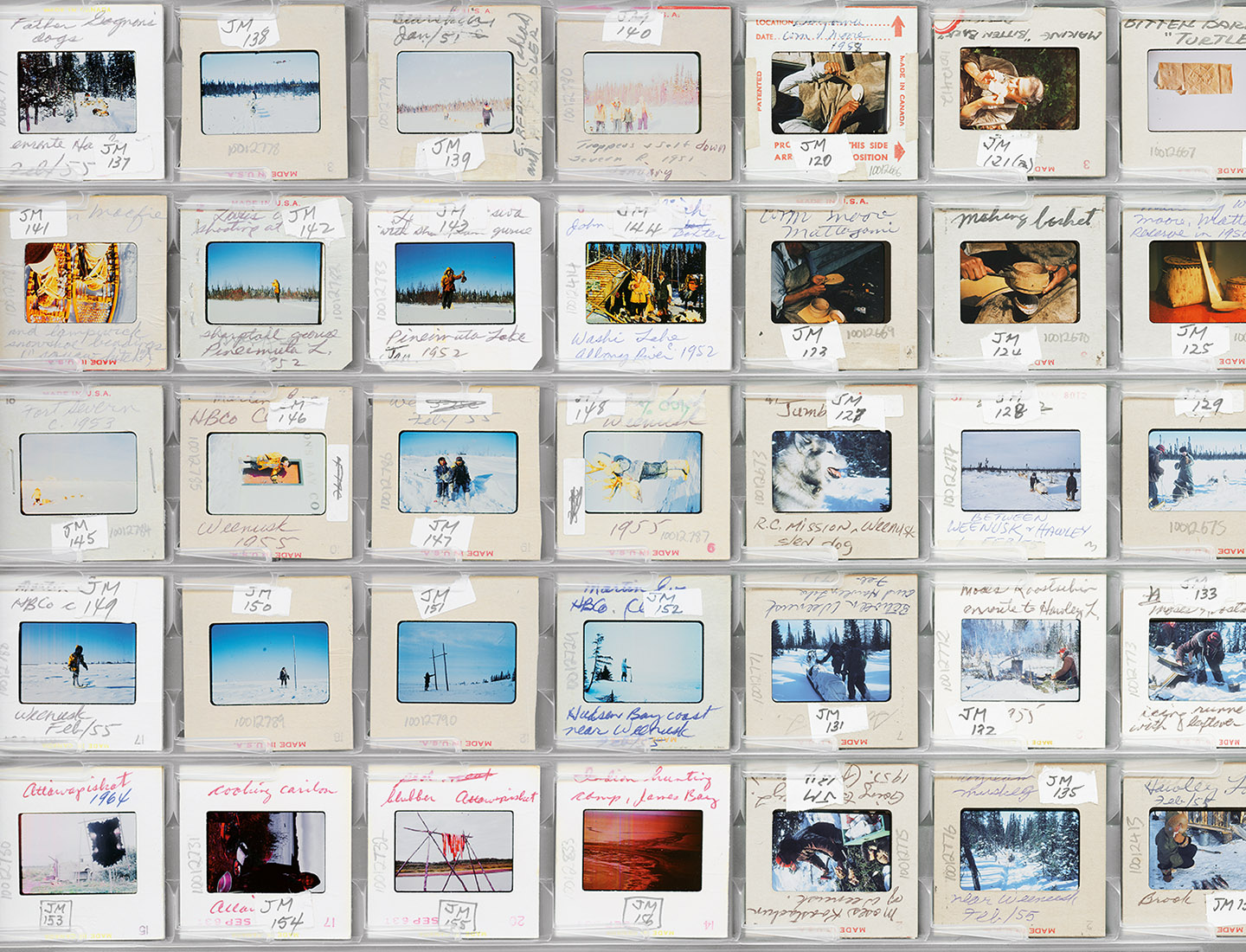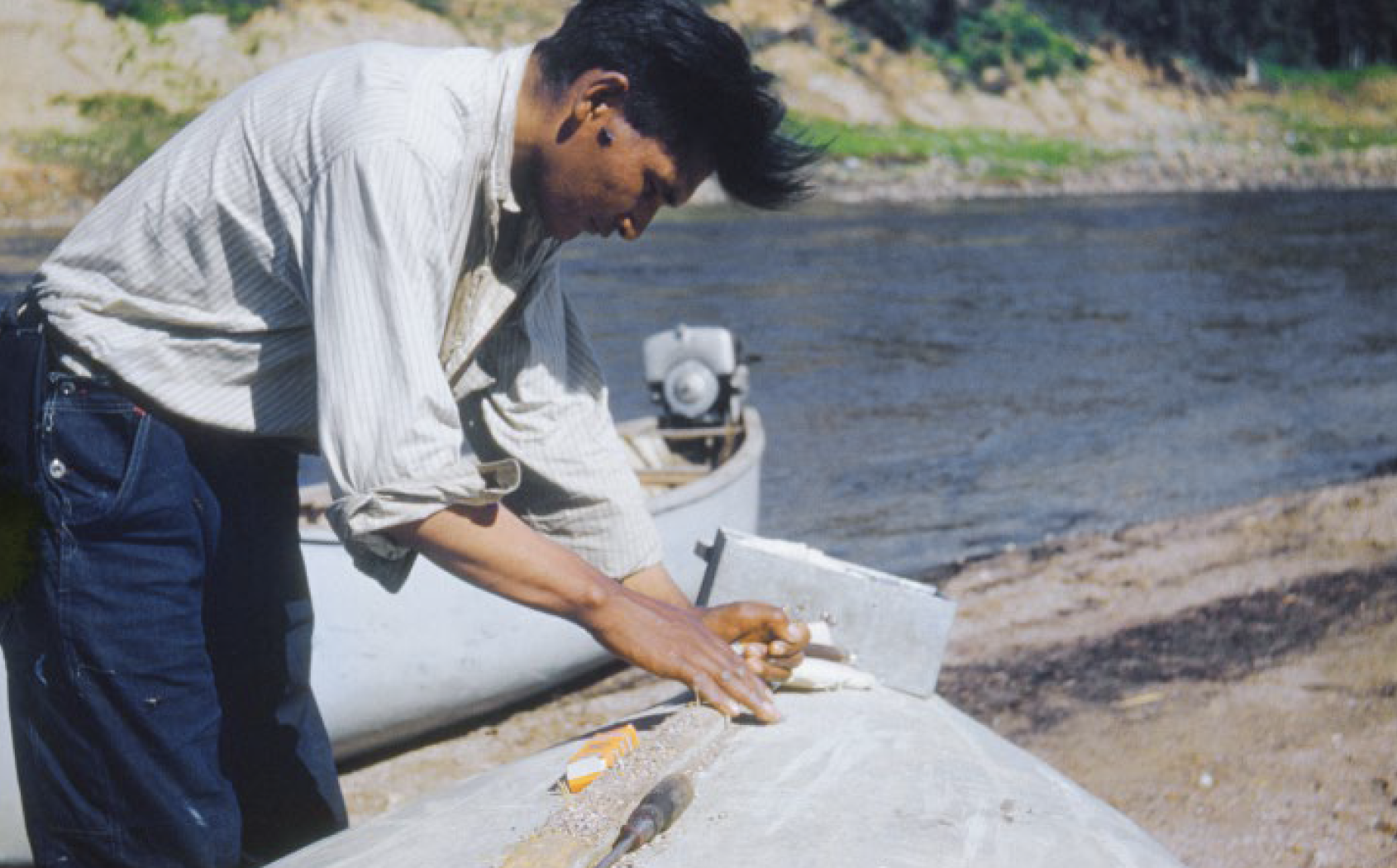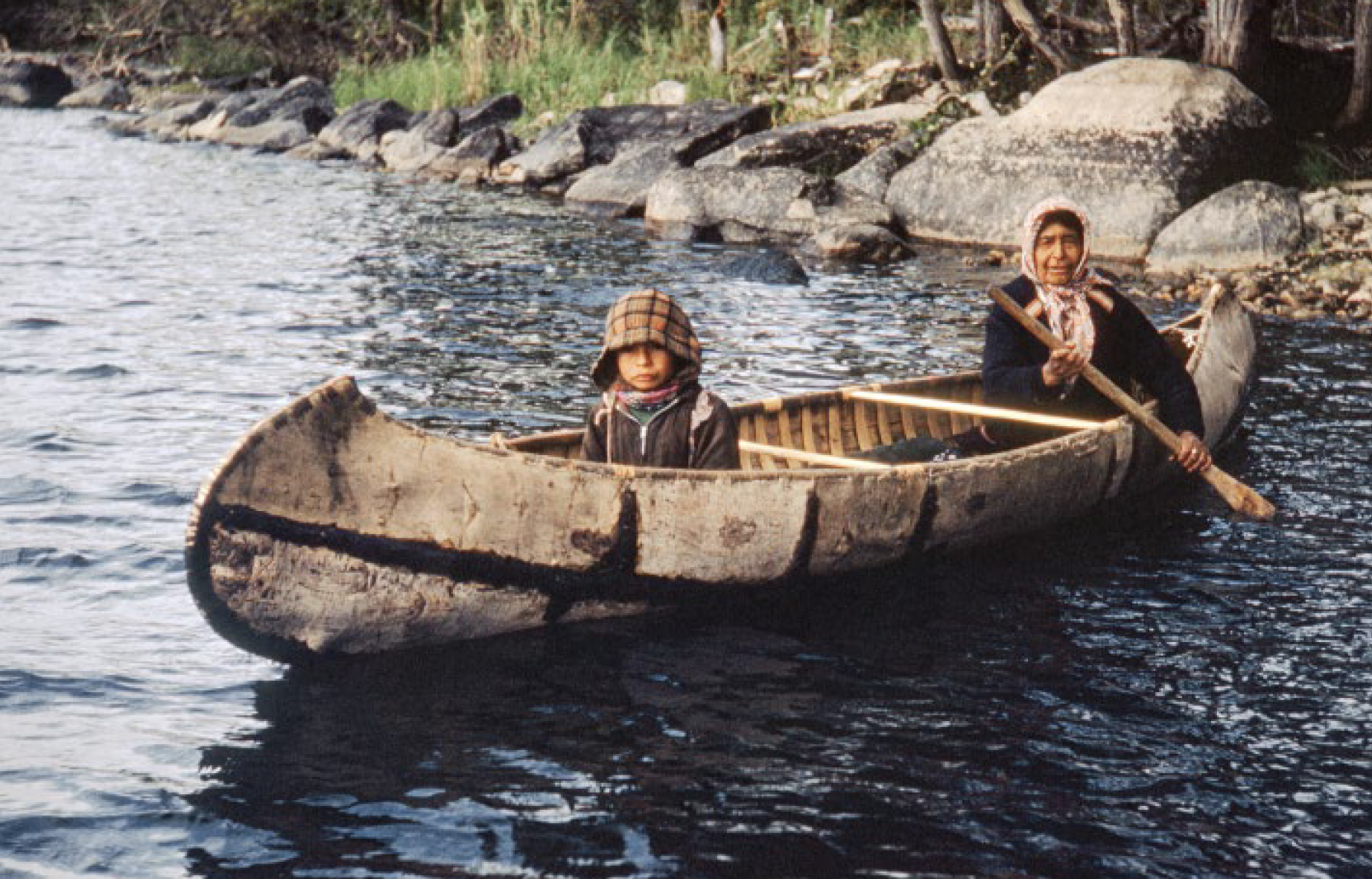June 20, 2024
Interview: Paul Seesequasis on John Macfie’s Photography and People of the Watershed
People of the Watershed: Photographs by John Macfie is a result of the Indigenous Archival Photo Project founded by Paul Seesequasis, a nîpisîhkopâwiyiniw (Willow Cree) curator, writer, journalist, and cultural advocate. The author, whose work explores history, identity, and the process of visual reclamation, told Figure 1 about how the book came to be, what he learned about Macfie’s relations with the communities he photographed, and some of his favourite shots in the book:
Paul Seesequasis: I first met John Macfie through Facebook, actually, this would be about five years ago. He was already in his early 90s and I was just lucky to get a hold of him. I had encountered his photography at the Archives of Ontario, probably about seven or eight years ago, and I had always been intrigued by these photographs—How did they come about? Where did they come from?
It was obvious to me the photographer had spent an extended period of time over a vast part of Northwestern Ontario in a way that I didn’t quite understand at the moment, like how he had the money to do this traveling. It’s not cheap traveling in the north now, and it certainly wasn’t then. I later found out he had been a trap line manager for the Ministry of Natural Resources. And that job meant he traveled from community to community, in Cree, Anishinaabe, and Anisininew communities throughout the Hudson’s Bay watershed.
He developed contacts and friendships with people in those communities.
“I think it’s that intimacy, that human connection that comes through in John Macfie’s photography.”
I think there’s a strength to it. I think there’s a uniqueness in terms of the time he was there. It was a special time as the transition to snowmobiles, modern technology, and a more sedentary lifestyle in many of the towns was just starting to happen. And John Macfie was there at a time when many people still lived off the land, when trapping was still a viable occupation, when there was a sort of semi-nomadic kind of lifestyle that was underway. In the wintertime people would go off into smaller groups, make it through the long winters of Northwestern Ontario, and spring would be a time to return together in larger groups, particularly around things like Treaty Time. There would be gatherings, dances, much of the music infused by Scottish influence; jigs and reels.
In fact, one of the people that stands out in People of the Watershed is Philip Mathew, who was a Cree guide, who often accompanied John Macfie, but he was also a talented musician He often traveled hundreds of kilometers to play at dances throughout the spring, summer and fall, and again, you see Phillip Matthew, both as a guide out on the land, and playing at a dance. And I think that’s part of McFee’s ability to capture the day to day life of people at that time.
He encountered people who are not famous people, but people who existed and had important contributions to make. Another one is Maria Mikenak, who was a woman of the wild [laughs], a woman who lived off the grid, if you will, but she would come into town occasionally to pick up supplies and there’s a picture of her with her grandson coming in on a canoe that she’s built herself, a birch bark canoe.
She sets up a camp near the town, she picks up the supplies she needs, she’s only around for a day or two, and Macfie just went out of his way to make sure he was there at that time to photograph this remarkable woman as she came onto shore and take pictures of her with her grandson as they set up their camp. And it’s those kinds of encounters that Macfie had a gift for.
He was very much what you call a journalist of the people, both in his later writings when he settled at Parry Sound, and in this stage of his life.
I see his photography as being his record, his lasting tribute to his time in the Hudson Bay watershed, a lasting tribute to the people in those communities—Cree, Anishinaabe, and Anisininew Peoples, and a tribute to the land, the animals, and the expanse of land. Both the beauty of the land and the land that one must respect because it’s a land that could also be a very tough place to survive in. And John Macfie captured that.
“He very much captured the fact that this is not wilderness, or Terra Nullius, this is not new found land. This is land where people have lived for thousands of years in harmony, in balance, and with a profound relationship to what is their homeland.”
And I think this is the beauty of Macfie’s photography. This is what’s framed within People of the Watershed, and I hope it will find its way to you.
People of the Watershed was co-published with The McMichael Canadian Art Collection, and is available now.


